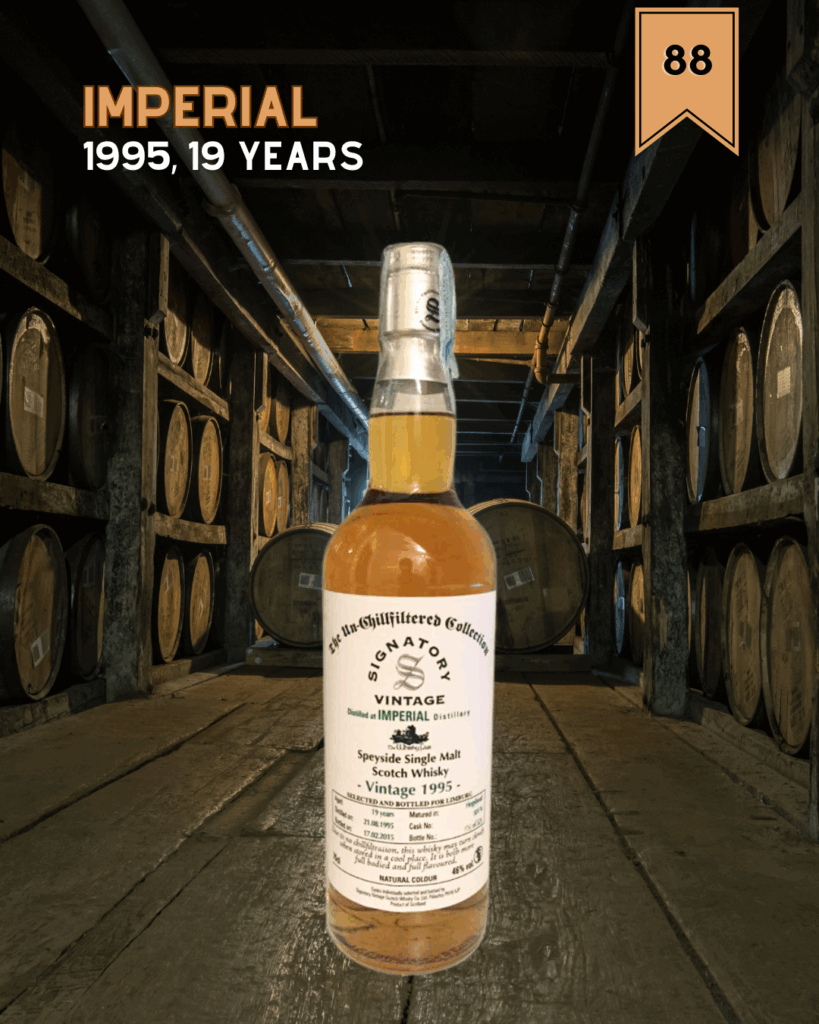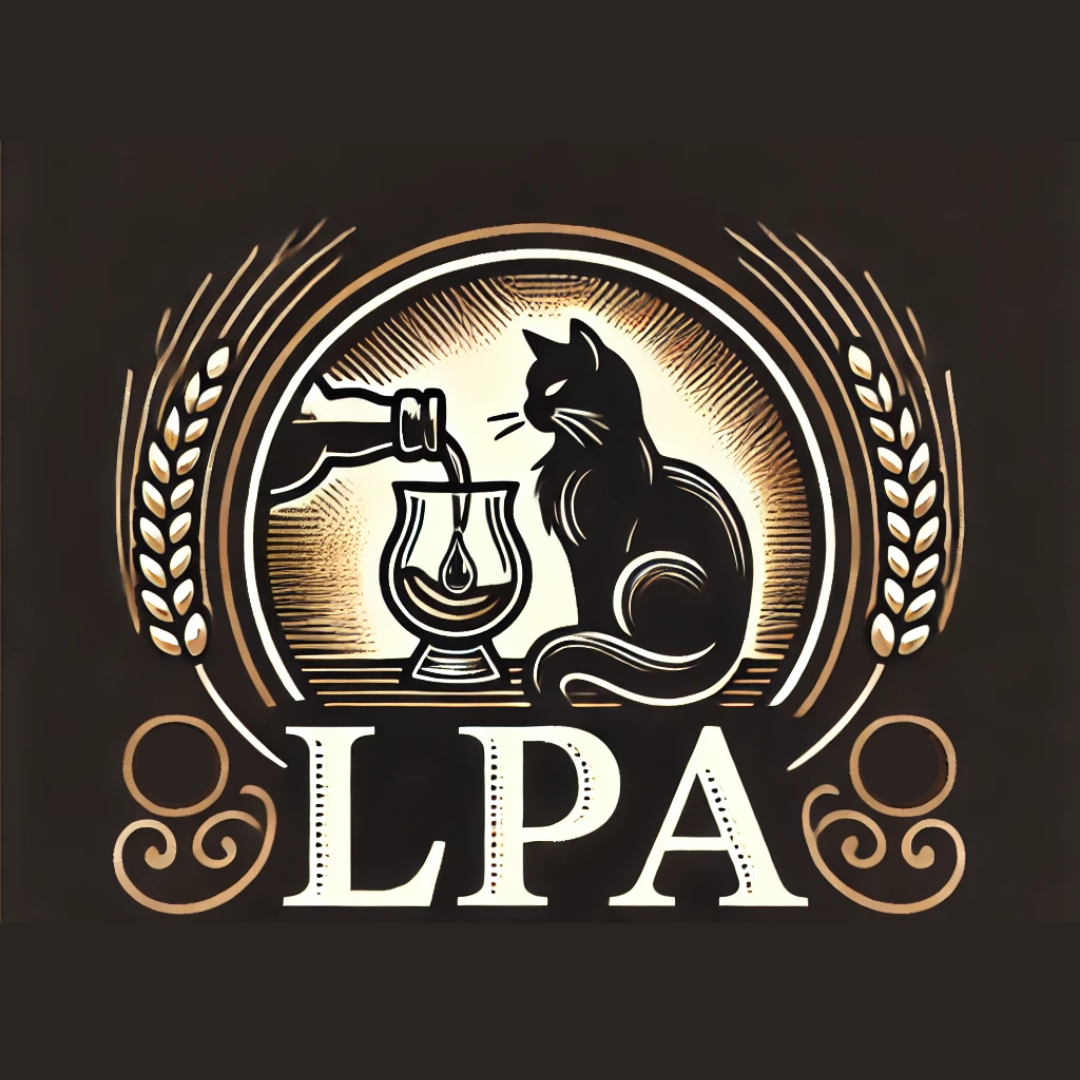Tasting a Lost Distillery: Imperial single malt whisky
The Imperial Distillery does not exactly have a romantic history. Unimaginably, it was already opened in 1897, but it was not often operational until it was finally demolished in 2013 and replaced by the state of the art Dalmunach Distillery. Wikipedia refers to the years Imperial was silent in its 100 years of existence: 1899-1919, then from 1925-1955, then from 1985-1991 and the last drops were produced in 1998. Imperial single malt, therefor, will steadily become as rare as grass in the Sahara or an honest Republican in the USA.
Imperial was build in the year of Queen Victoria’s Diamond Jubilee, hence the name. The maltings at the distillery even wore a crown on top of the pagoda roof. Owner Thomas Mackenzie was already in the whisky business, owning the nearby Dailuaine Distillery, and later Talisker on Skye as well. With the big industry implosion at the turn of the 20th century, Imperial had the short end of the straw. It ended up in Scottish Malt Distillers (a long frontrunner of Diageo) and only went to Allied in the late 1980s. It is remarkable to read the waste of money. First, Imperial shut down two years after being constructed, but also in the last stint of life it was refurbished and all, only to close a few years later. Who did the planning in those days, because it comes off as a mess!
Signatory Vintage bottled exactly 100 casks of Imperial 1995 between 2011 and 2020, that is… if the Whiskybase entries are indeed the complete picture. These bottlings were made in the various series Signatory has. Almost half of these 100 bottlings consist of “double cask” vattings, so two casks combined. I also spotted one bottling in which three casks were blended together. The rest is single casks. One could state that Signatory put quite a stamp on the reputation of Imperial single malt, since the distillery released no more than four official bottlings, of which this one is probably the best known one. What we know of the whisky, is that Imperial offers a pleasantly soft, fruity drinking experience. You will have no problem understanding why this single malt worked well in blends. The existence of successor Dalmunach on the same location seems to share the same destiny. Still, having tasted already quite a few Dalmunach, I think this spirit has more body than Imperial ever had. In any case, time to revisit the whisky, with one of the Signatory examples.

Imperial 1995, 19 years old, bottled at 46 % by Signatory Vintage
First things first: Distilled on 21 August 1995, that was 30 years ago last week, and bottled on 17 February 2015, also comfortably over 10 years ago. I bought this bottled as it was an expression created for the Whisky Fair of 2015 in Limburg. The sample comes from my own library and is now forever gone (sniff). Hogshead #50174 produced 323 bottles for the Un-Chillfiltered Collection.
Upon Sipping: Beautifully rich and spicy on the nose, where an array of fruit and wood mingle in a waxy combination of scents. It has something mysterious over it, like the Gregorian chanting in Enigma’s track “Sadeness part 1”. Somehow I picture myself walking to a sauna where someone already poured scented water over burning coals. A Scandinavian sauna perhaps. But then those fruits get the upper hand again. A more interesting Speyside whisky than many of its neighbours, more in league with known complex producers like Dailuaine and Glentauchers. Of course, casks like these are happy accidents, as I can’t imagine a lot of Imperial got to mature to higher ages, instead being used in NAS blends. This Imperial developed very interestingly.
The palate is equally rich and fruity, with hints of mango, kumquat and peaches complementing a pleasant woody character. This is a whisky for moments. Having owned the bottle, I drank quite a few glasses of this Imperial. Sometimes I thought it too woody. Today, it’s fruity side pleases me much more.
But yes, there is a strong (first fill bourbon?) kick to the teeth coming from this Imperial. So, the fruits mostly remain on the palate, where the finish is more bitterish. Still, it has an old style to it that signifies how the industry has changed. In those days they filled the casks, what comes out on the other side is a guess for everyone. Nowadays, more thought goes into cask management, perhaps a little at the cost of spontaneity and coming out feeling a bit doctored. This Imperial, to me, feels very authentic. Bottled when ready. It was ready!
Word to the Wise: Imperial often flies under the radar of whisky enthusiasts and collectors, so it is a little easier to find bottlings at a decent prices. This bottling for the Whisky Fair was an excellent pick. Worth hunting down.
Score: 88 points.

